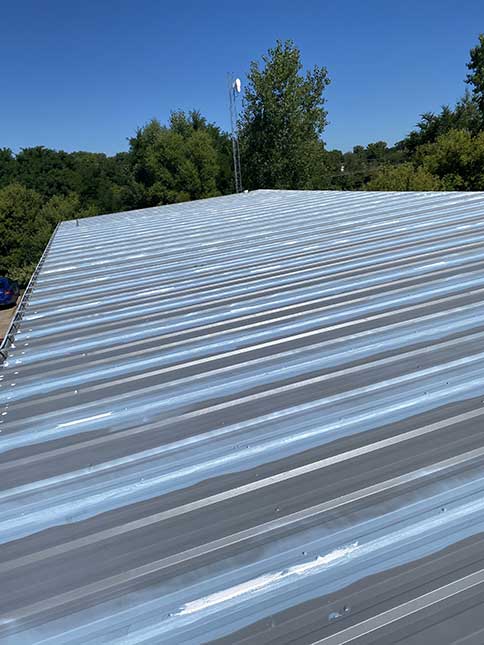Locally Trusted Commercial Roofing Professionals
When it comes to commercial roofing, both flat and low-sloped roofs have their benefits depending on the structure’s needs. A flat roof is completely level with no slope, while a low-sloped roof has a very gentle downward pitch of less than 3 inches per linear foot.

Comparing Flat and Low-Sloped Roofing Systems
Flat roofs are well-suited for buildings with large open interior spaces like warehouses and big box retailers. They allow for full usage of the roof surface, such as for equipment or outdoor storage. Properly installed flat roof systems are incredibly durable and can last 20 years or longer.
Low-sloped roofs have a subtle downward pitch that allows for some water runoff. They are an excellent option for buildings with interior obstructions like roof trusses or skylights. Low slopes allow for more complex roof geometries. Sloped designs aid self-cleaning and draining of water to prevent potential standing water issues.
Both flat and low-sloped systems require specialized installation techniques by professional commercial roofers. At Premier Roof Solutions, our experts are fully trained in all aspects of low slope and flat roof installation. We can recommend the ideal type based on a building’s use and budget.
Choosing Between a Flat and Low-Sloped Roof
Here are the main considerations when choosing between a flat or low-sloped roof:
Roof Drainage
Low-sloped roofs are better suited for buildings with interior obstructions, as they allow for proper drainage without ponding water. Flat roofs require precise installation to ensure adequate drainage.
Material Options
Flat roofs typically use single-ply membranes like TPO, PVC or EPDM that are fully adhered. Low slopes allow for more material choices including single-ply, modified bitumen, or built-up roofing.
Snow Removal
Low slopes facilitate easier snow and ice removal compared to flat surfaces which require more effort or special equipment.
Leak Prevention
Flat roofs are more prone to leakage if not installed exactly right. Low slopes reduce water exposure and risks of standing water that can lead to premature leaks.
Roof Access
Equipment may access low slopes with more ease compared to flat surfaces, where fall protections are more involved.
Cost
Installing drains and slope on a low roof can increase initial cost versus a flat system, but reduces maintenance and repair costs long-term.
Building Use
Flat roofs maximize interior space usage but low slopes accommodate vents and equipment overhead.
